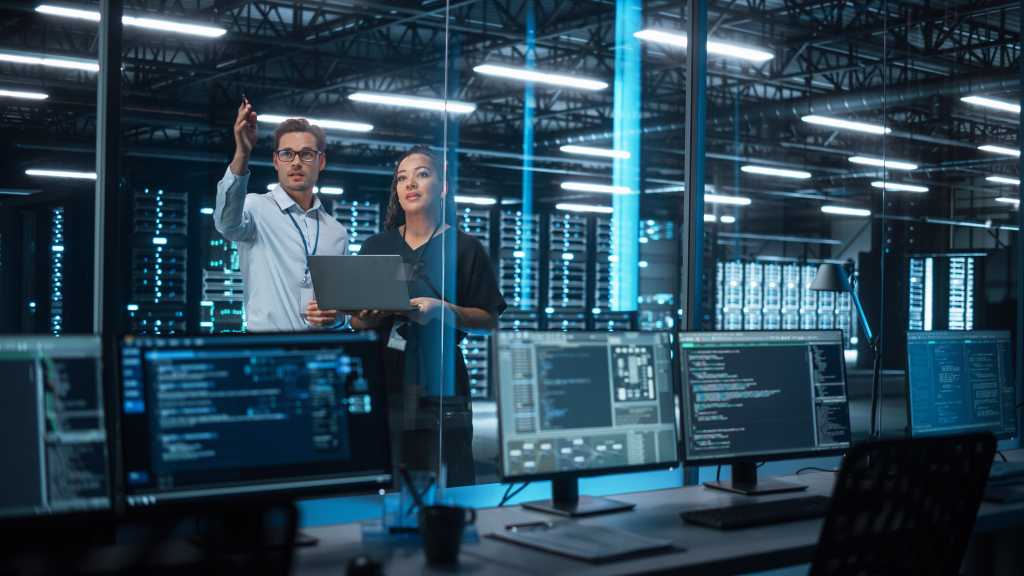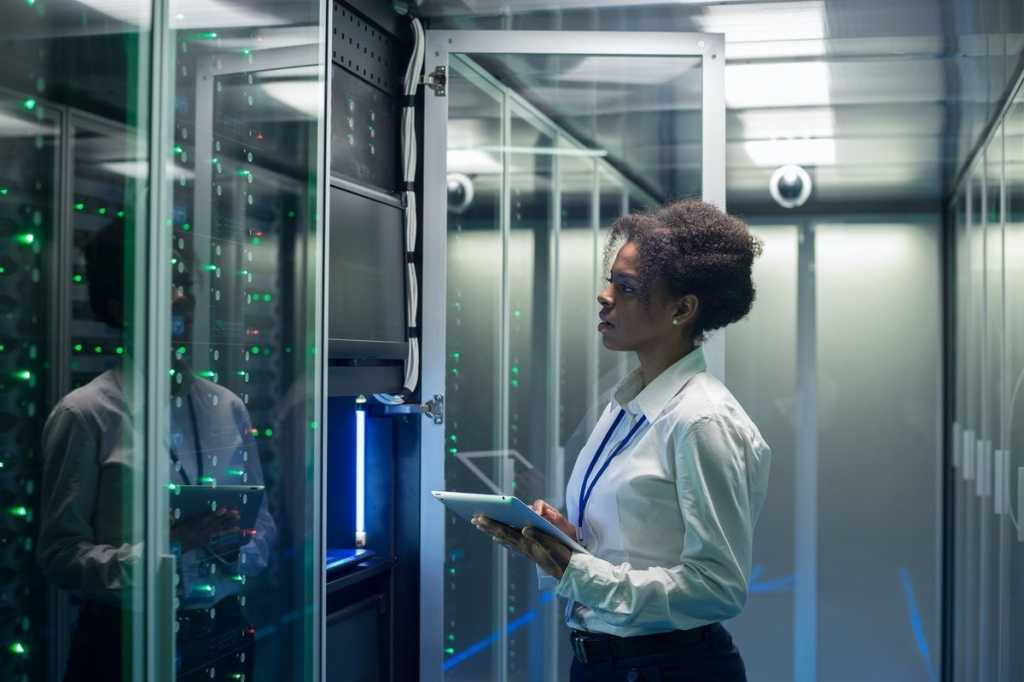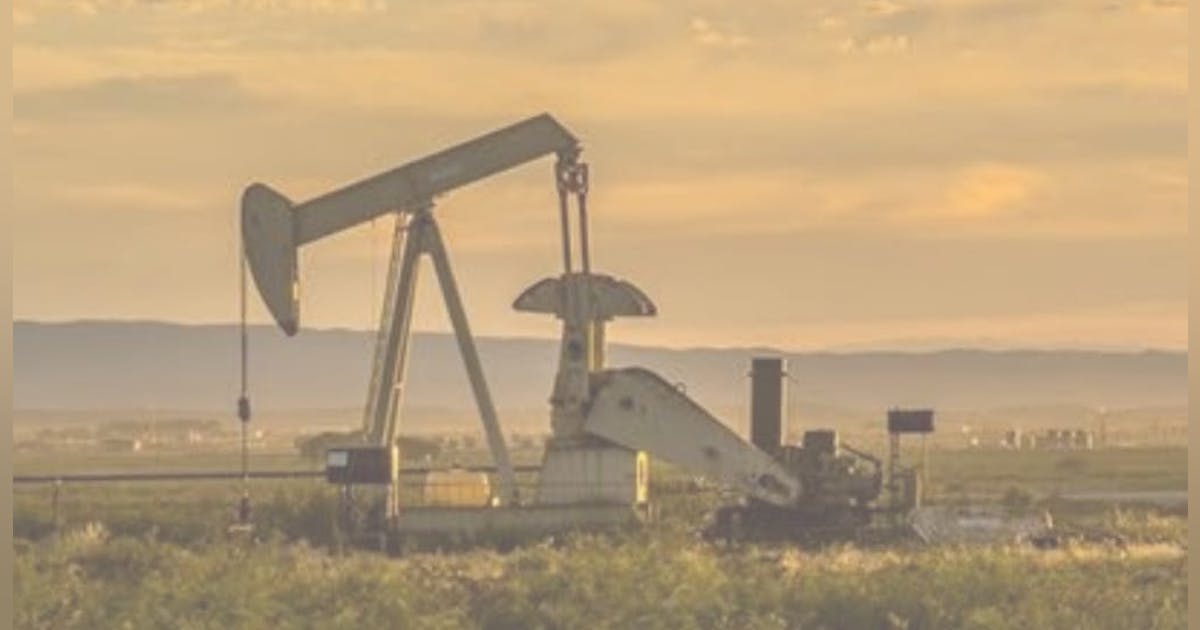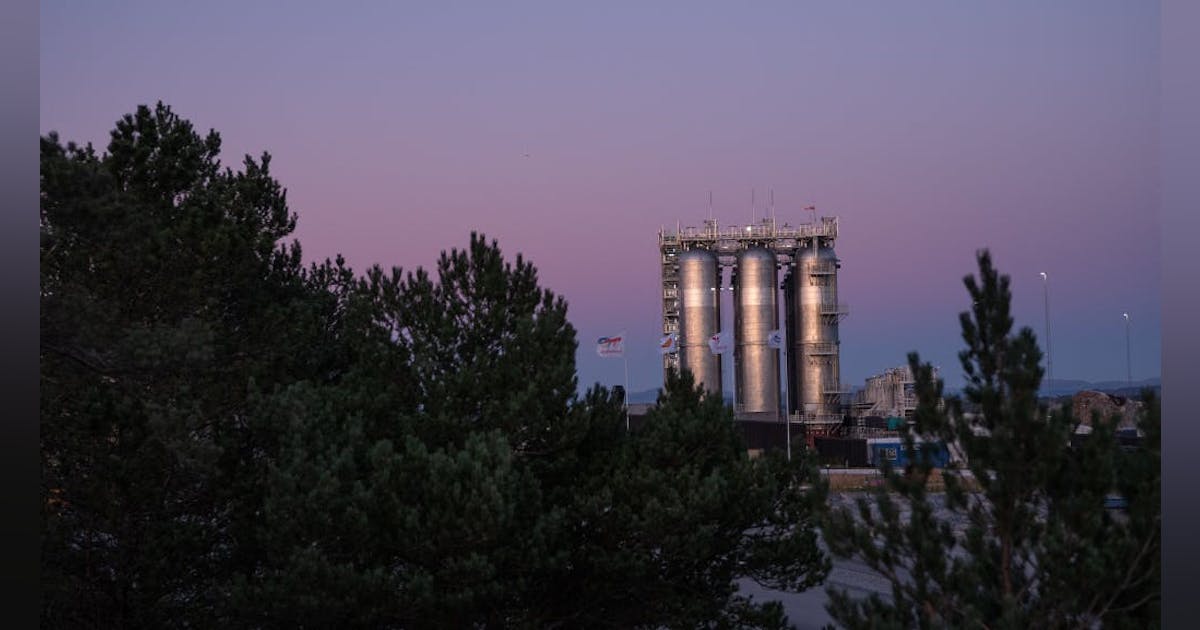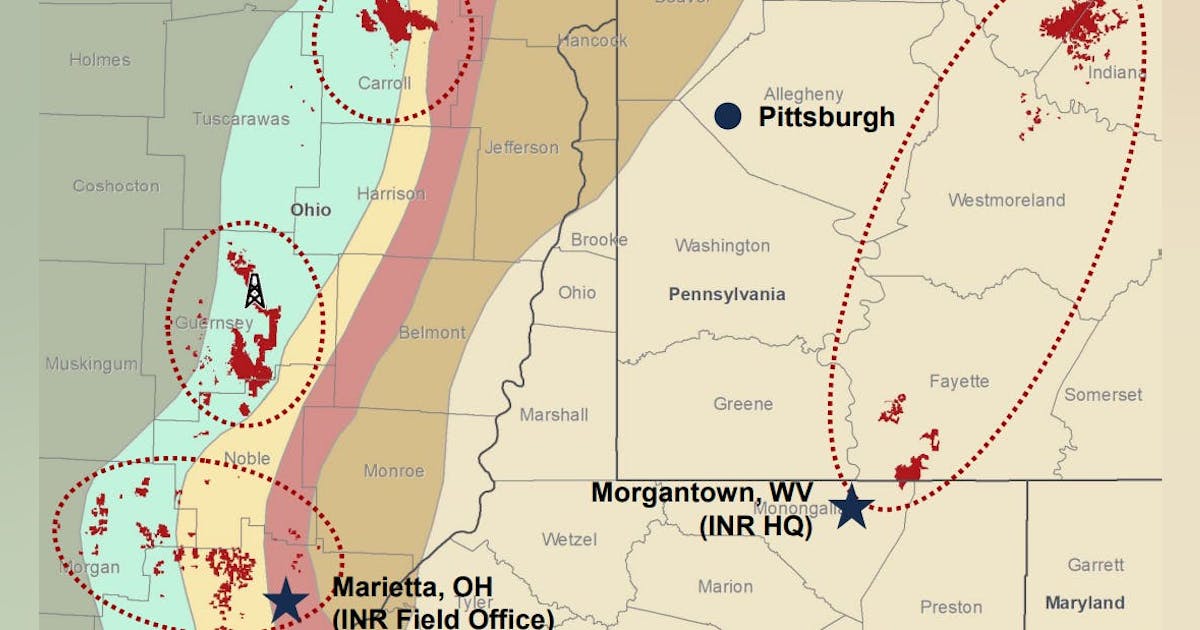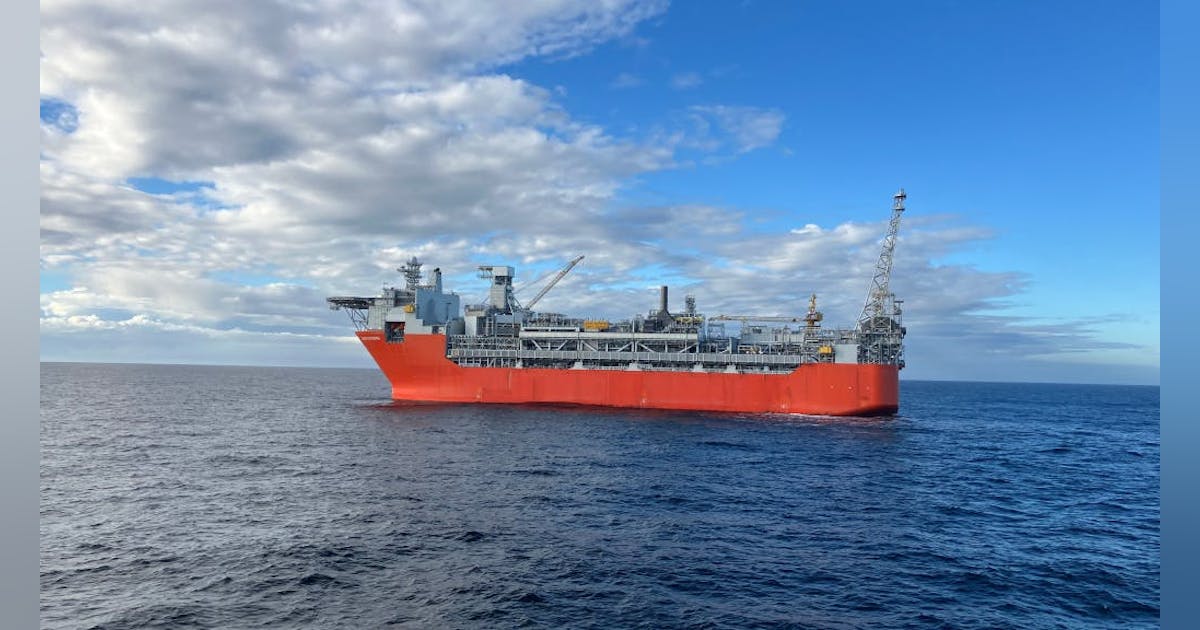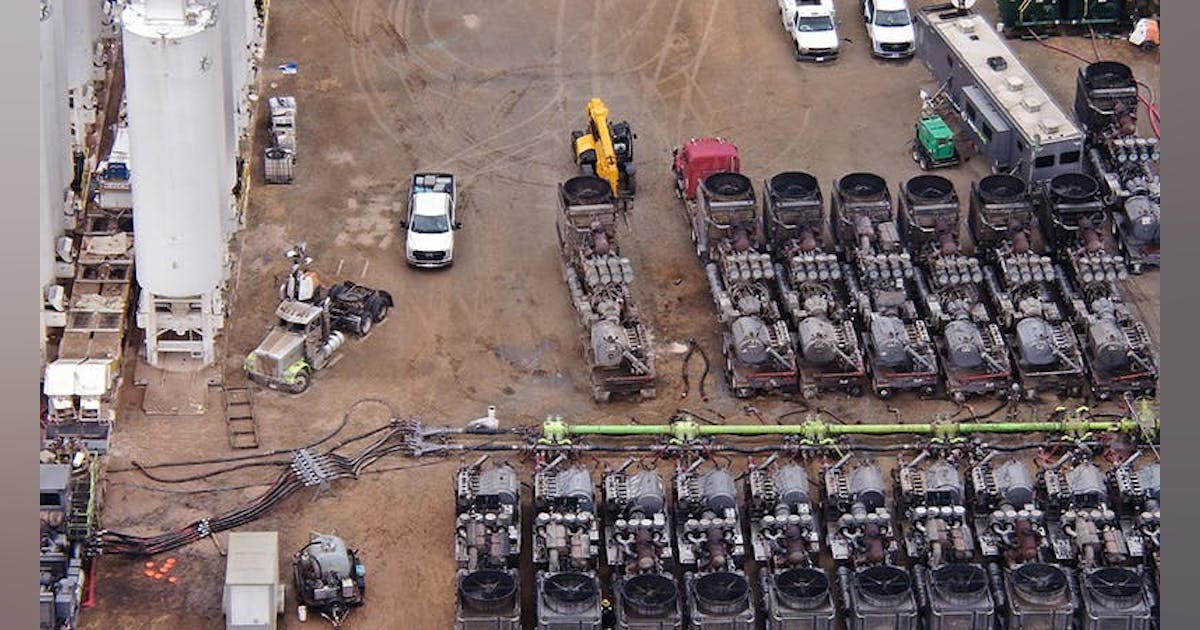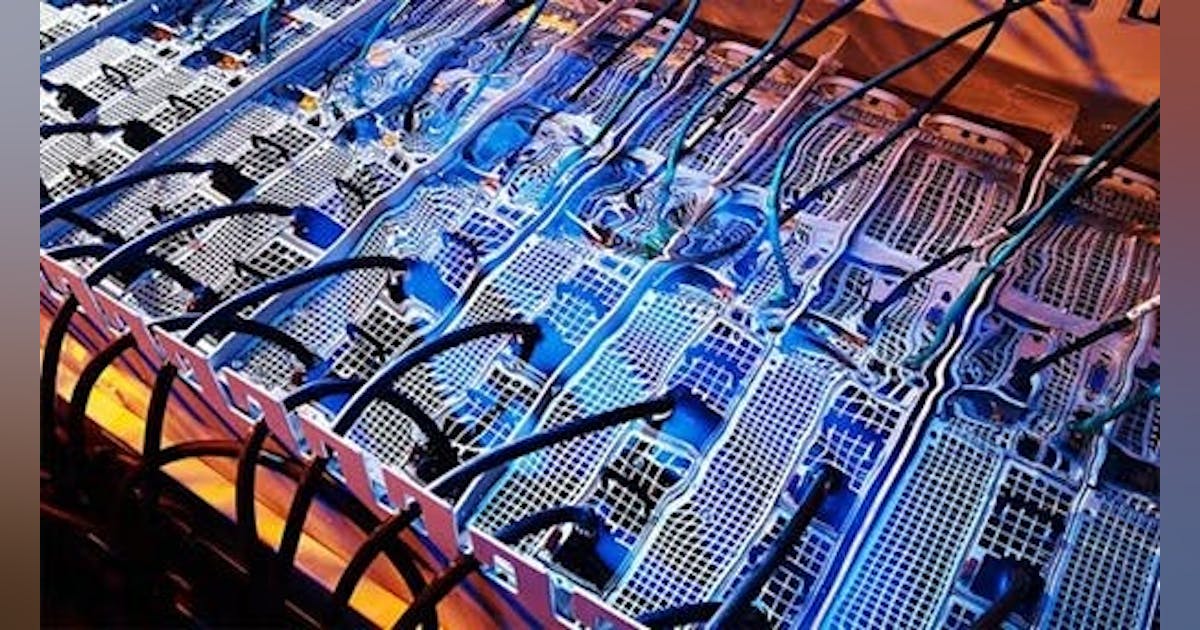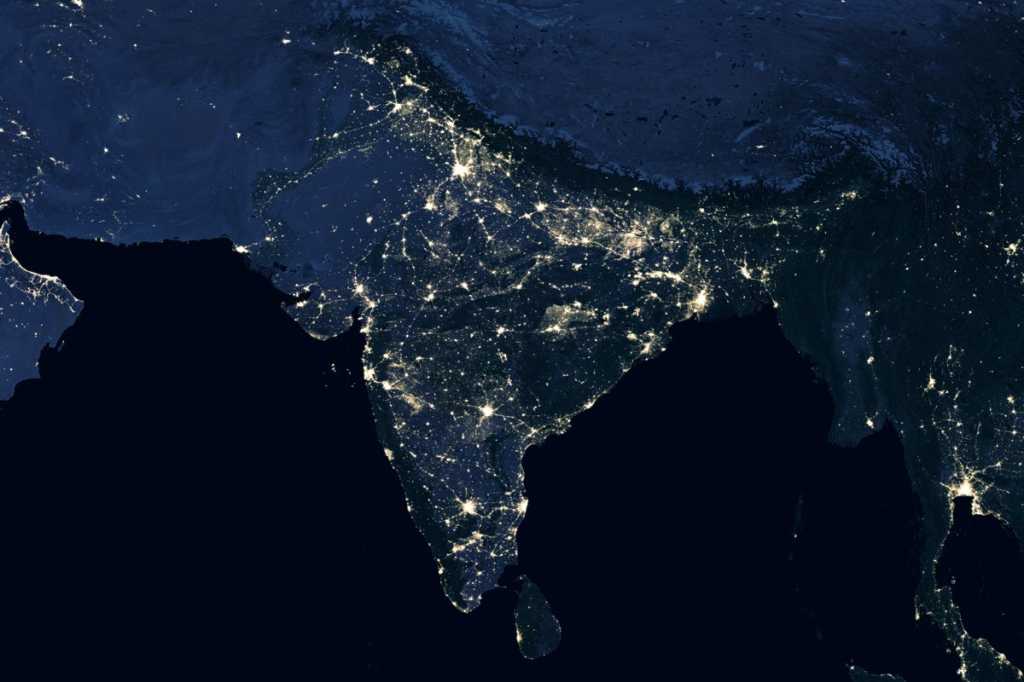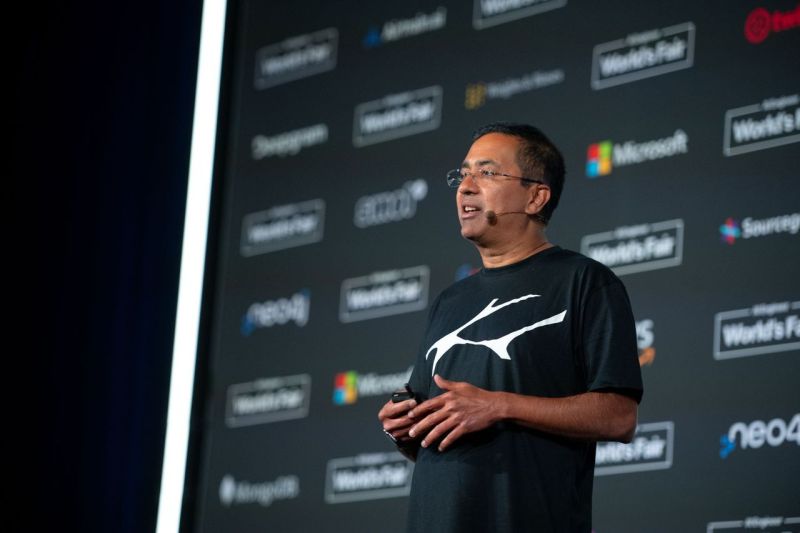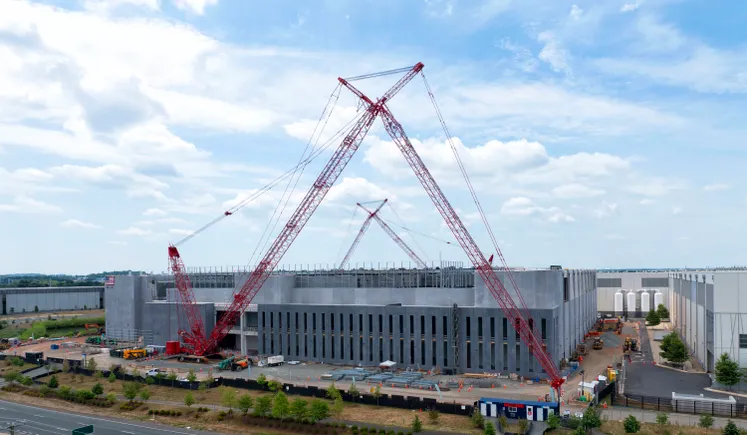
Dive Brief:
- Pairing natural gas generation with carbon capture could provide large data centers with another low-carbon option for reliable, off-grid electrical generation, according to a white paper from carbon management firm Carbon Direct.
- Integrating carbon capture with new gas-fired generation could deliver power at $70-100/MWh, putting it within the same range as other options for 24-7 low-carbon electricity, according to Carbon Direct.
- Large data centers are expanding their search for electrical supply that is not subject to interconnection delays, and carbon capture is one option they’ve considered, said Colin McCormick, a principal scientist at Carbon Direct.
Dive Insight:
Large AI data centers, some of which can draw 1 GW of electricity or more, need reliable 24-7 electrical supply, and their operators don’t want to wait for interconnection and permitting delays, and they prefer to minimize their carbon emissions, McCormick said. That makes these operators a market force that could put carbon capture on the map, he said.
Following inquiries from clients looking to build new data centers, Carbon Direct crunched the numbers on the cost of behind-the-meter gas generation with carbon capture, McCormick said. The company’s clients were intrigued by the potential time to deployment — new gas generation can be brought online in less than 24 months in some cases, he said.
They were less familiar with carbon capture and its limitations — and there will be some limitations, McCormick said, particularly around the storage and transportation of waste carbon in regions where the appropriate pipelines don’t exist, but the final numbers look promising.
The 45Q tax credits created by the Inflation Reduction Act for carbon capture and sequestration bring the cost of integrating such systems into new gas plants down to reasonable levels, McCormick said, potentially bringing the cost of generation from a new plant with carbon capture in line with the cost of other options explored by large data center companies like nuclear and renewables paired with battery storage. And the final plant could operate at an emissions intensity of 80-120 kg of CO2 equivalent per MWh — less than the 340-420 kg C02e/MWh associated with energy from the U.S. grid at large.
The timelines for building gas plants with carbon capture could also prove attractive to data center operators, who tend to prioritize speed to deployment over most everything else, McCormick said. Adding carbon capture would extend the 18-24 month build time for a gas plant, but data centers could opt for a new CCS-ready plant to give them the option of more easily adding carbon controls at a later date.
Building delays in the gas generation supply chain, triggered by shortages of gas turbines and gas transmission capacity, might also nullify the difference between building a new gas plant and a new plant with carbon capture. The carbon capture components would not be affected by bottlenecks in the gas supply chain, McCormick said.
“My take is, yes, it’s likely to happen at some scale,” McCormick said of the likelihood that data centers will build co-located natural gas generation paired with carbon capture. However, he said, natural gas was not likely to become the dominant source of power for AI data centers, which are likely to continue to opt for renewable with battery storage in most scenarios.
The real question that will determine data center preferences, McCormick said, is interconnection reform. The largest data centers are primarily driven by their desire to build quickly, he said, and so they will go with whatever is the fastest option — new behind-the-meter generation from any source, or interconnection to the electrical grid at large.


